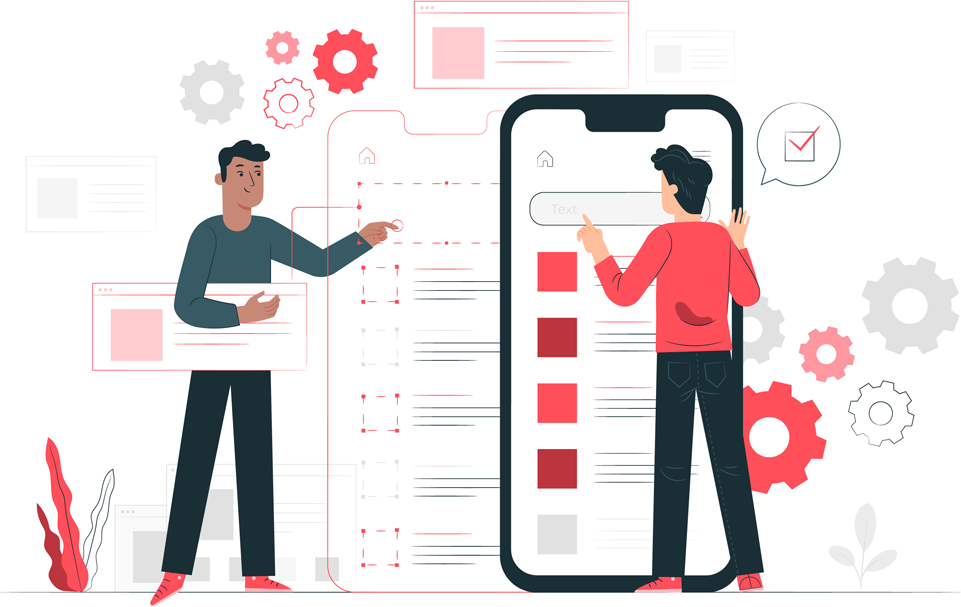If you’re relatively new to digital marketing, you may be wondering what you can do to boost the effectiveness of your digital marketing efforts. One powerful tool is A/B testing, which enables you to pit two different ads, emails, web pages or other marketing assets against each other to see which one is the most effective.
Factors people often check out using A/B testing include headlines, subheadings, other written content, images, page layout, navigation, forms, the effectiveness of a call to action (CTA), or the effectiveness of reviews or testimonials to boost customer confidence.
A/B testing is an important part of Conversion Rate Optimisation (CRO) and can also give you other vital information such as user behaviour or how they interact with your website. In A/B testing, version A is your existing (“control”) variable, and version B is the new asset you want to test. You run both of them at the same time to see which one has the best effect on selected business metrics such as the number of interactions, click throughs or sales.
A/B tests can help you understand your target audience and what attracts them, increasing your chances of using the right tone of voice, words and imagery to appeal to them. It can help you create ads, mailshots and web pages that are more likely to move your customers along the sales funnel towards making a purchase, and it can reduce bounce rates (the number of site visitors who leave your site almost immediately upon arriving).
If you haven’t tried A/B testing, you’re missing a golden opportunity to raise your digital marketing game. Here’s a simple outline of the main types of A/B testing and how you can use them.
Types of A/B testing include:
Split testing:
In order to do this, you create two different versions of the same web page, channelling half your web traffic to one and half to another. This is useful for checking out new elements including layouts, headings, images and copy.
Split URL testing
As with split testing, you create two different versions of the same web page, channelling half your visitors to one and half to the other. However, split URL testing is used when you want to make more in-depth changes to your website, trying out a whole new design rather than tweaks to your existing page.
Multivariate testing (MVT)
A more complex approach than split URL testing, this involves testing multiple variations of the same web page at the same time. If you want to try several different approaches, this is quicker than running multiple split tests.
Multipage testing
This is useful for checking the efficacy of your sales funnel. It involves making changes across a series of pages that customers visit sequentially as they progress towards making a purchase.
Need help? At Primedia Marketing we’re experts in A/B testing. Get in touch today to find out how we can use it to boost your sales.






